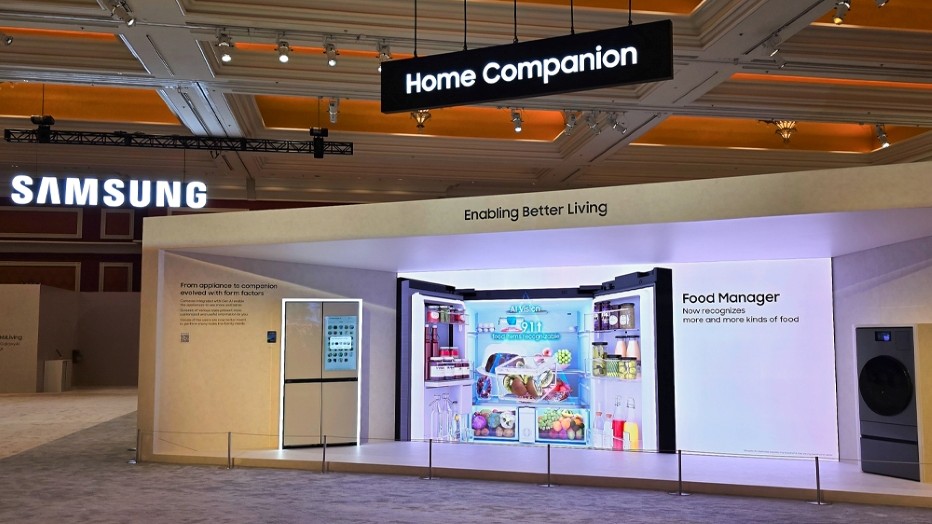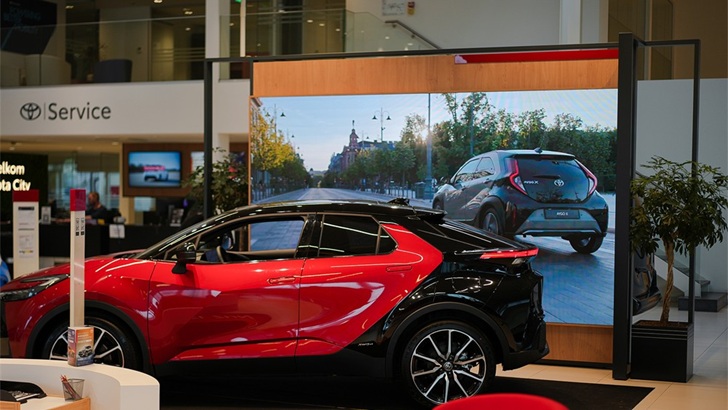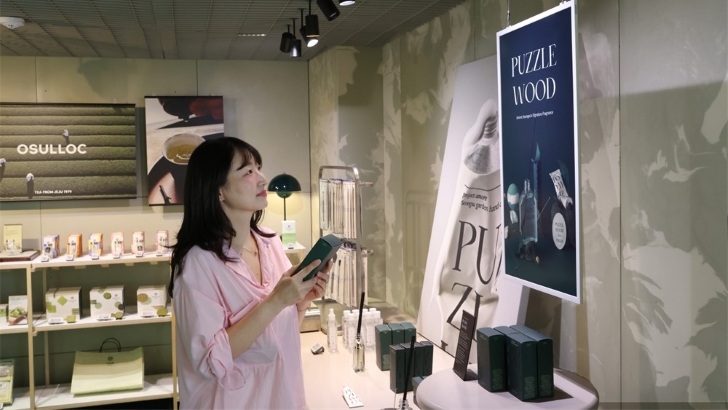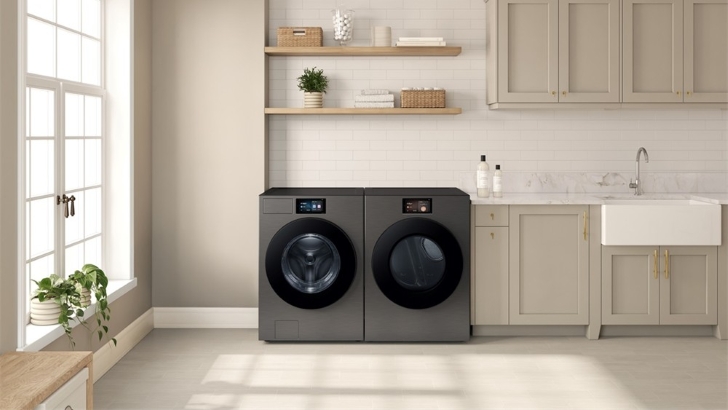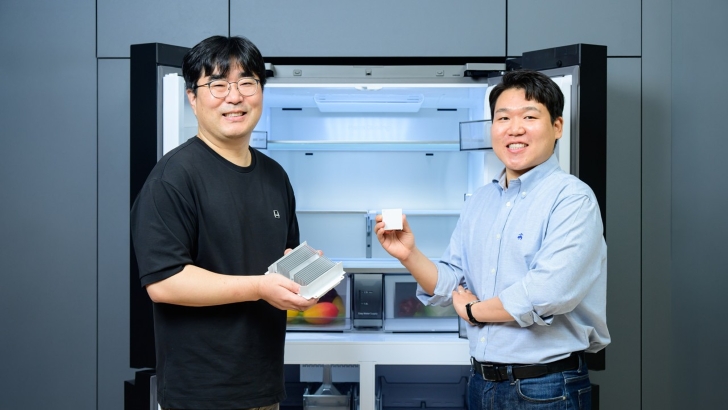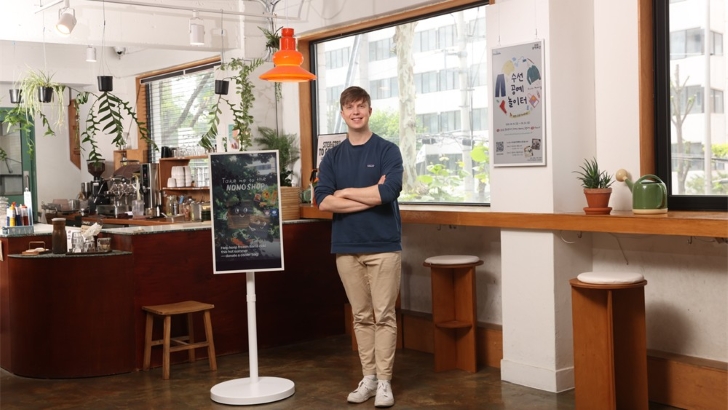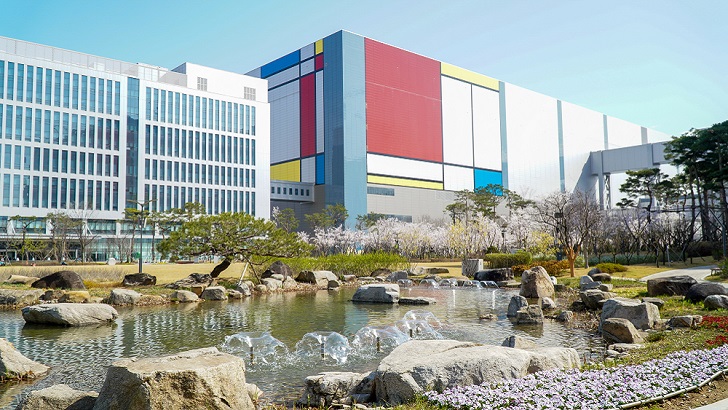Reducing Direct
Greenhouse Gas
Emissions
By using innovative technologies that significantly improve process gas treatment efficiency,
Samsung Electronics can keep direct carbon emissions (Scope 1) down even as production increases.
Direct greenhouse gas
emissions(Scope 1) roadmap
Shifting to
Renewable Energy
We aim to transition to
100% renewable energy by 2050
Renewable energy roadmap
renewable energy
consumption Unit : GWh
renewable energy
consumption
-
DX Division
93.4%
-
DS Division
24.8%
-
Company-wide
31.4%
Decarbonizing Our
value chain
Continued carbon emission
reductions in upstream and
downstream operations
Value chain carbon reduction
roadmap
- Major product categories(2024 Models): Refrigerator(RF91DB90LE01), Washing Machine(WD25DB8995BZ),
Air Conditioner(AE120CXYBEK/ST), TV(KQ75QND900FXKR), Monitor(LS49DG952SKXKR), PC(NP960QGK), Smartphone(SM-S928) - Compared to the 2019 models with equivalent performance and specifications
We aim to reduce
carbon emissions
throughout our
products’ lifecycles
Manufacturing is only one of many stages in the entire product life cycle. We strive to reduce carbon emissions across all stages of the product life cycle including distribution, sales, and use in collaboration with our consumers, suppliers, and other stakeholders.
In particular, we plan to utilize ultra-power-saving technology for semiconductors, which is expected to reduce the memory related power consumption of data centers and mobile devices. We also plan to apply the technology to the leading models of our seven major product categories (smartphone, refrigerator, washer, air conditioner, TV, monitor, and PC) and improve their power consumption by 30% by 2030 compared to the 2019 models with equivalent performance and specifications.
Carbon emissions reduction in the product use stage
* Improvement rate for leading models of seven
major product categories compared to
the 2019 models with equivalent
performance and specifications
A bar chart showing the percentages from 2022 to 2024. 2022: 16%, 2023: 25%, 2024: 31.5%.
Our products and energy
efficiency


Semiconductor
Life Cycle Assessment
process
We established the LCA process to identify environmental impacts and calculate the carbon footprint of semiconductor products throughout their entire life cycle in accordance with ISO 14040, 14044, and 14067 international standards. We also have built an automated Product Carbon Footprint (PCF) calculation system for semiconductor products, which calculates carbon emissions across detailed units such as sites, processes, and emission types. This system helps identify major emission sources during the production process and allows for the development of reduction measures.
We also completed third-party verification of DS Division's LCA methodology and automated PCF calculation system by a global verification institution to ensure the reliability of the data generated through the process.
Furthermore, we participate in the Sustainable Semiconductor Technologies and Systems (SSTS) program led by IMEC, the largest semiconductor research institute in Europe, collaborating with our suppliers to develop solutions across the entire semiconductor industry value chain.
In the long term, we will strive to minimize our environmental footprint by establishing a comprehensive management system to evaluate not only carbon emissions but also the overall environmental impact, including on water and other resources.


























